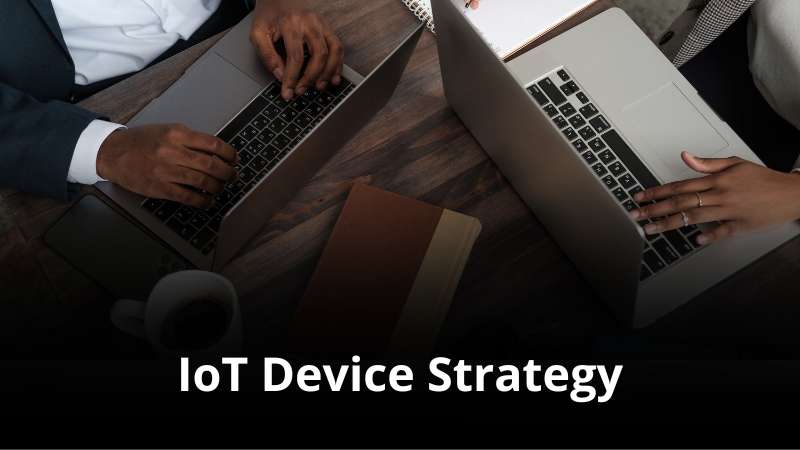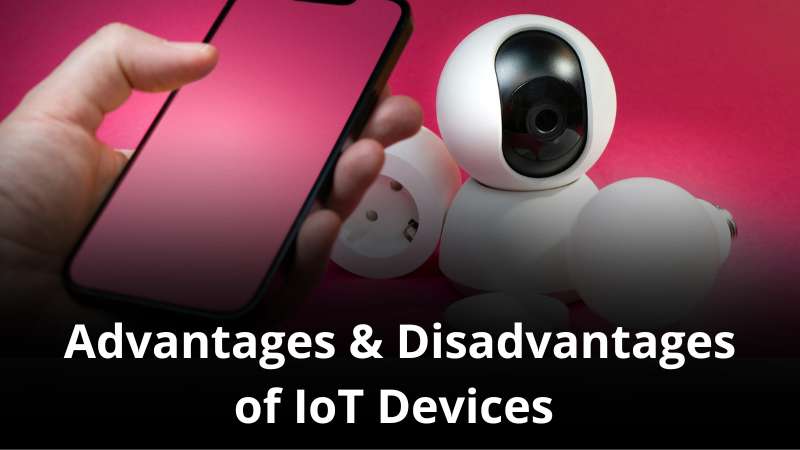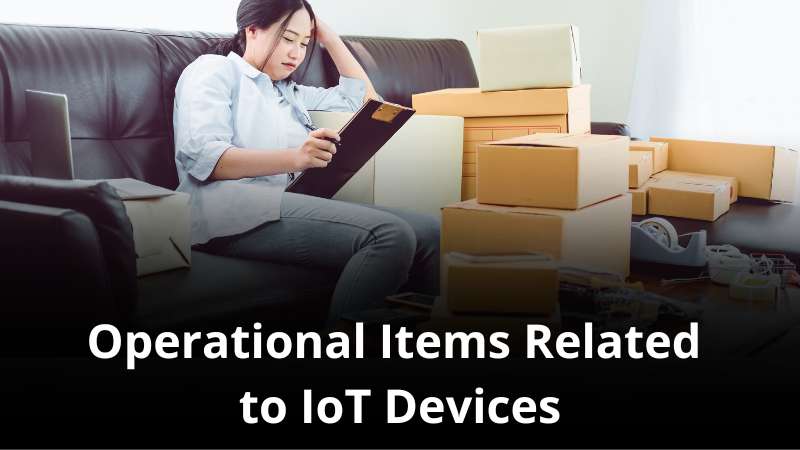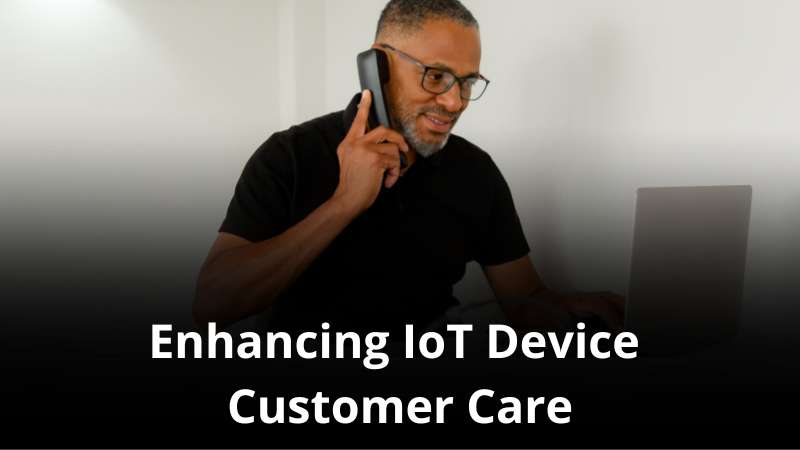Introduction about Operational Items related to IOT Devices.
What are the Operational Items for IOT Devices.
The relentless march of technological advancement has ushered in the era of the Internet of Things (IoT), a paradigm shift that is fundamentally reshaping industries and consumer interactions alike. This burgeoning ecosystem, characterized by a vast network of interconnected devices, generates an unprecedented demand for robust connectivity solutions.
Mobile Virtual Network Operators (MVNOs), with their established infrastructure and expertise in cellular and related technologies, are uniquely positioned to capitalize on this exponential growth by offering comprehensive IoT solutions. However, the sheer diversity of IoT devices, ranging from simple sensors to sophisticated industrial machinery, introduces a labyrinth of operational complexities that surpass the challenges of traditional mobile device management.
This webpage delves into the critical operational considerations that MVNOs must address to navigate the intricate landscape of IoT, providing a detailed exploration of device distribution strategies, specialized storage and handling requirements, efficient logistics management, and the necessary adaptations to Business Support Systems (BSS) to handle the unique demands of IoT data and device management.
What do you need to know about Operational Items for IOT Devices.
IoT Device Types and Distribution
MVNOs must develop a nuanced understanding of the diverse range of IoT devices and their specific distribution needs, recognizing that a one-size-fits-all approach is inadequate. The IoT ecosystem encompasses a vast array of devices, each with distinct characteristics, target markets, and logistical requirements.

Consumer IoT:
- This segment, encompassing smartwatches, fitness trackers, and home automation devices, demands a broad reach and consumer-friendly distribution channels. The consumer market is highly competitive and requires effective marketing and sales strategies.
- Distribution channels: Online marketplaces offer vast customer access, direct-to-consumer websites provide brand control and personalized experiences, and retail partnerships expand physical presence and accessibility. Effective e-commerce platforms and customer service systems are vital.
Industrial IoT (IIoT):
- IIoT, featuring asset trackers, sensors, and remote monitoring devices, targets specialized industries with specific requirements, often involving complex installations and integration.
- Distribution channels: B2B partnerships foster long-term relationships and tailored solutions, specialized distributors offer industry expertise and technical support, and direct sales to enterprises enable customized deployments. This sector requires a strong focus on technical expertise and solution-oriented sales.
Automotive IoT:
- Connected car devices and telematics systems require seamless integration with the automotive industry, demanding close collaboration with manufacturers and dealerships.
- Distribution channels: Partnerships with automotive manufacturers ensure seamless integration and pre-installation, dealerships provide direct customer access and after-sales support, and after-market retailers cater to existing vehicle owners with retrofit solutions. This sector requires rigorous quality control and safety standards.
Healthcare IoT:
- Remote patient monitoring devices and wearable medical sensors demand stringent regulatory compliance and specialized handling, requiring close collaboration with healthcare providers.
- Distribution channels: Partnerships with healthcare providers ensure clinical integration and seamless data flow, and medical supply distributors facilitate efficient delivery to healthcare facilities and patients. This sector necessitates strict adherence to data privacy and security regulations.
Specialized Storage and Handling of IOT Devices
IoT devices often contain delicate electronic components and require specialized storage and handling conditions to ensure their integrity and functionality. MVNOs must invest in robust infrastructure and processes to safeguard these devices.

Environmental Controls:
- Maintaining precise temperature and humidity control is essential to prevent damage to sensitive sensors and electronic components, ensuring optimal performance and longevity.
- Electrostatic Discharge (ESD) protection is crucial during handling and storage to prevent damage from static electricity, safeguarding sensitive electronic components.
Secure Storage:
- Robust security measures are necessary to protect against theft and damage, ensuring the integrity of valuable IoT devices and preventing unauthorized access.
- Comprehensive inventory tracking and management systems provide real-time visibility into stock levels and device locations, enabling efficient management and minimizing losses.
Specialized Packaging:
- Durable packaging is essential to protect devices from shock and vibration during transport, minimizing the risk of damage and ensuring devices arrive in optimal condition.
- Compliance with industry-specific packaging standards ensures devices meet regulatory requirements and maintain their integrity, particularly for sensitive or hazardous materials.
Connectivity and Data Management of IOT Devices
Managing connectivity and data flow is the cornerstone of IoT device operations, requiring robust infrastructure and secure protocols. MVNOs must establish reliable and scalable connectivity solutions to support the diverse needs of IoT devices.
SIM Card Management:
- Efficient activation, deactivation, and management of SIM cards are crucial for cellular-connected devices, ensuring seamless connectivity and minimizing downtime.
- Remote SIM provisioning (RSP) enables flexible and scalable management of SIM cards across diverse device deployments, streamlining operations and reducing costs.
Data Plans and Usage Monitoring:
- Flexible data plans tailored to specific IoT device needs optimize cost and performance, ensuring efficient data transmission and minimizing unnecessary expenses.
- Real-time data usage monitoring and alerts provide valuable insights into device activity and prevent unexpected data overages, enabling proactive management and cost control.
Network Security:
- Robust data encryption and secure communication protocols are essential to protect sensitive data from unauthorized access, ensuring the confidentiality and integrity of IoT data.
- Protection against cyber threats and unauthorized access ensures the integrity and confidentiality of IoT device data, safeguarding against potential breaches and attacks.
LPWAN (Low Power Wide Area Network) Management:
- Effective management of networks such as NB-IoT and LTE-M is crucial for low-power, long-range IoT devices, optimizing connectivity and battery life. This requires specialized expertise and infrastructure to support these technologies.
Shipment and Logistics for IoT Devices
Efficient logistics are essential for timely and cost-effective delivery of IoT devices, requiring careful planning and execution. MVNOs must optimize their supply chain to ensure smooth and efficient delivery.
Shipping Methods:
- Courier services provide fast and reliable delivery for time-sensitive shipments, ensuring timely arrival and minimizing delays.
- Freight shipping is ideal for bulk orders, optimizing cost and efficiency for large-scale deployments and reducing transportation expenses.
- Compliance with international shipping regulations is necessary for global deployments, ensuring adherence to customs and trade laws.
Order Fulfillment and Tracking:
- Automated order processing and tracking systems streamline fulfillment, minimizing errors and delays, and enhancing efficiency.
- Real-time shipment updates provide customers with valuable insights into delivery status, enhancing transparency and satisfaction, and building trust.
Reverse Logistics:
- Efficient return and repair processes for faulty or damaged devices minimize downtime and ensure customer satisfaction, streamlining the return process.
- Refurbishment and recycling of returned devices promote sustainability and reduce environmental impact, minimizing waste and maximizing resource utilization.
IoT Device Lifecycle Management
Managing the lifecycle of IoT devices is critical for long-term sustainability, encompassing activation, maintenance, and decommissioning. MVNOs must adopt a holistic approach to device management.

Firmware Updates:
- Remote firmware updates for security patches and feature enhancements ensure devices remain secure and up-to-date, minimizing vulnerabilities and improving performance.
- Device diagnostics and troubleshooting capabilities enable efficient problem resolution, minimizing downtime and ensuring optimal performance.
Device Decommissioning:
- Secure data wiping and device disposal procedures protect sensitive data and minimize environmental impact, ensuring responsible end-of-life management.
- Compliance with environmental regulations is critical for responsible device decommissioning, minimizing waste and promoting sustainability.
Warranty and Support:
- Managing device warranties ensures customer satisfaction and minimizes financial risk, building trust and loyalty.
- Providing comprehensive technical support builds customer trust and loyalty, ensuring customer satisfaction and long-term relationships.
Impact on BSS (Business Support Systems)
MVNOs must adapt their Business Support Systems (BSS) to handle the unique complexities of IoT device management. This requires significant investments in infrastructure and software.

Data Management and Billing:
-
- Handling large volumes of data from diverse IoT devices requires robust data management capabilities, including storage, processing, and analysis.
- Flexible billing models based on data usage and device functionality ensure accurate and transparent billing, accommodating diverse customer needs.
Device Management Platform:
-
- Remote device configuration and monitoring capabilities enable efficient management of large-scale deployments, minimizing manual intervention and reducing operational costs.
- Device diagnostics and troubleshooting tools minimize downtime and ensure optimal performance, enabling proactive maintenance and problem resolution.
Security and Compliance:
-
- Integration with security systems and compliance tools protects sensitive data and ensures regulatory compliance, safeguarding against
security breaches and data leaks.
-
- Management of data privacy is crucial for building customer trust and maintaining regulatory compliance, ensuring adherence to data protection laws.
CRM (Customer Relationship Management):
-
- Management of device information within the customer profile provides a comprehensive view of customer interactions, enabling personalized service and support.
- Tracking of repairs and warranty information enables efficient customer support, streamlining issue resolution and enhancing customer satisfaction.
Inventory management integration:
-
- Tracking stock levels of various IOT devices, ensures correct inventory levels, preventing stock outs and overstocking.
- Automating stock alerts, removes the risk of stock outs, and allows for automatic re-ordering.
API Integration:
-
- BSS systems must be able to integrate with a large amount of different API’s from different IOT devices, and platforms. This integration will allow for the automatic flow of information, and control.
AI and Machine Learning:
-
- Using AI and machine learning, to analyse the large amounts of data that IOT devices generate, to give the MVNO insights into customer usage, device performance, and predictive maintenance
Frequently Asked Questions
1. What are the key connectivity options for IoT devices, and how do they impact network design?
Understanding the nuances of cellular, LPWAN, and other connectivity options is crucial for optimizing network performance and cost-effectiveness.
2. How does data security differ for IoT devices compared to mobile devices, and what are the implications for data privacy?
IoT devices often generate vast amounts of sensitive data, requiring robust security protocols and adherence to stringent privacy regulations.
3. What are the challenges of managing IoT device lifecycle, and how can MVNOs mitigate them?
From firmware updates to end-of-life disposal, effective lifecycle management requires proactive planning and robust infrastructure
4. How can MVNOs leverage LPWAN technologies to expand their IoT service offerings?
LPWAN technologies like NB-IoT and LTE-M offer unique advantages for low-power, long-range IoT applications, opening new market opportunities.
5. What are the benefits of MVNO's providing IOT solutions, and how does this affect their market position?
MVNOs that embrace IoT can diversify their revenue streams, enhance customer loyalty, and establish themselves as leaders in the connected ecosystem.
6. What are the regulatory requirements for global IOT device deployments?
Understanding, and adhering to international regulations regarding, data privacy, device certification, and frequency allocation, is very important.
Summary about the Operational items related to IOT Devices
Successfully navigating the operational complexities of IoT devices is essential for MVNOs seeking to capitalize on the rapidly expanding IoT market. By implementing robust inventory management systems, optimizing logistics processes, adapting their BSS to handle IoT data and device management, and embracing emerging technologies like AI and edge computing, MVNOs can deliver comprehensive IoT solutions that drive sustainable growth and enhance customer value. The ability to provide robust, secure, and scalable IoT services will be a key differentiator in the increasingly competitive telecommunications landscape. MVNOs that can effectively manage the intricacies of IoT device operations will be well-positioned to unlock new revenue streams, strengthen customer relationships, and establish themselves as leaders in the connected future.
